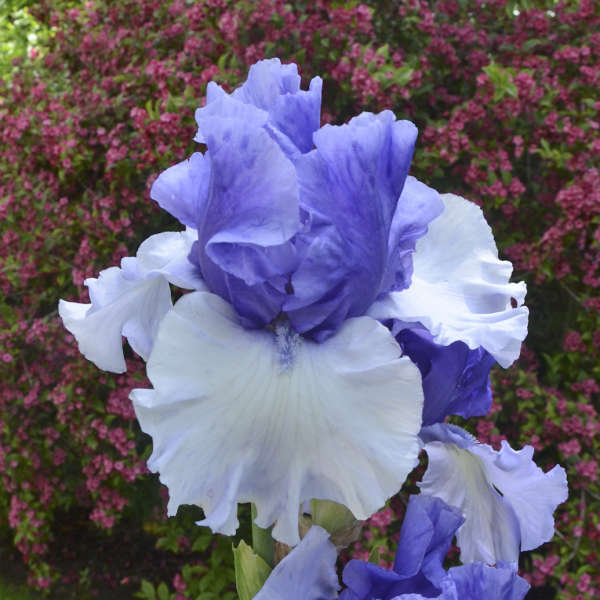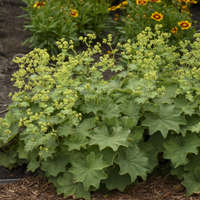Iris 'Crowned Heads'
Common Name: Tall Bearded Iris
If you were fond of the classic iris ‘Clarence’ for its cool blue coloring, try this newer cultivar. It holds its blue-violet coloration in its upright standards rather than in its falls which are icy blue with a lavender beard. This color pattern is referred to as a reverse amoena. Like ‘Clarence’, ‘Crowned Heads’ has a slight sweet fragrance but also has exceptionally large flowers presented atop strong stems a bit earlier in the season.
This vigorous iris has won multiple awards since its introduction including the Dykes Medal which is the highest honor given by the American Iris Society.
No garden would be complete without Tall Bearded Irises. Though they have been grown for decades, new and improved hybrids continue to be developed every year and fabulous color combinations have been achieved. The Tall Beardeds bloom after the Dwarf Irises but before the Japanese and Siberian Irises. They are wonderful accent plants for late spring gardens.

